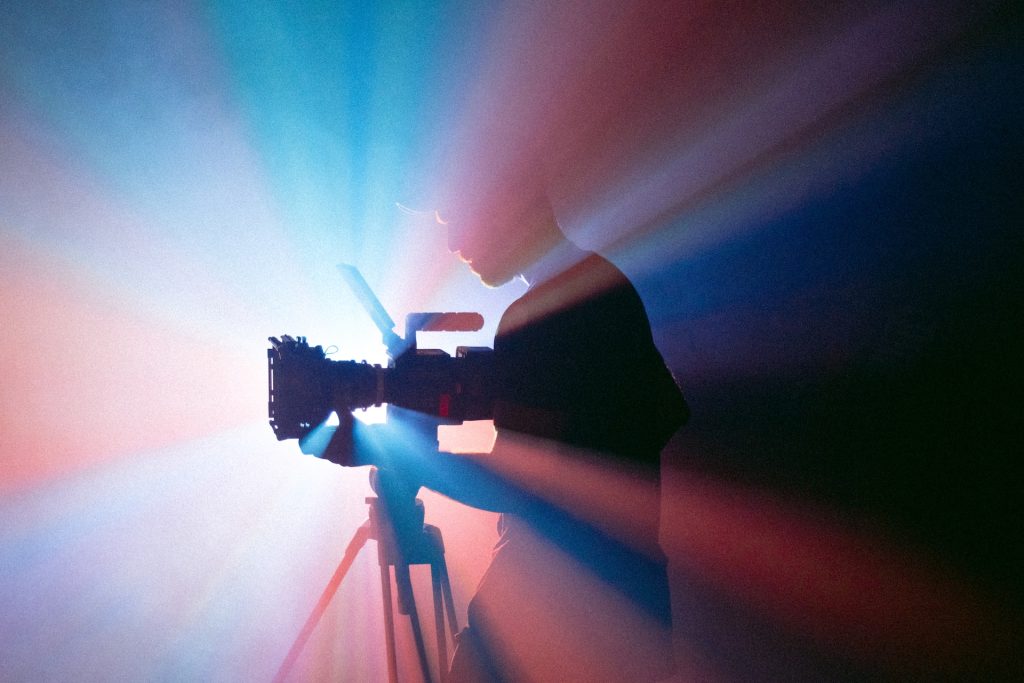
How To Capture Stunning Visuals For Video Production
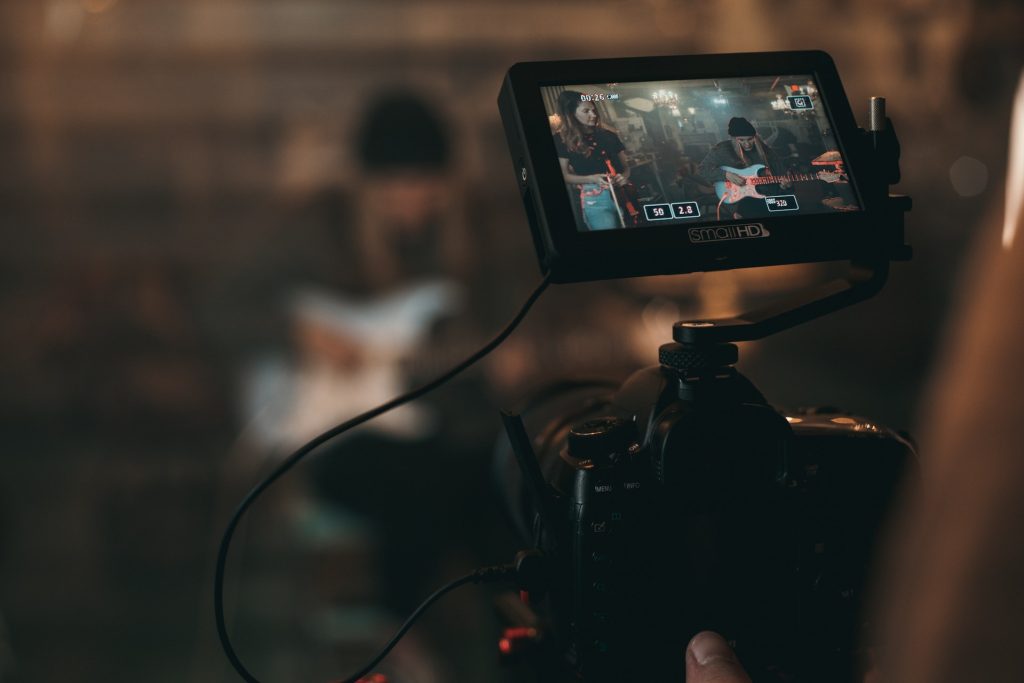
Cinematography is the art of visual storytelling through camera and lighting techniques in video production. It is a key element of cinema that can determine the success of a film. An effective cinematography can immerse the viewer in a story and evoke emotion, while poor cinematography can distract and distract from the story. In this blog post, we delve into the art of cinematography and give you tips on how to capture stunning images for your video production.
Understanding cinematography
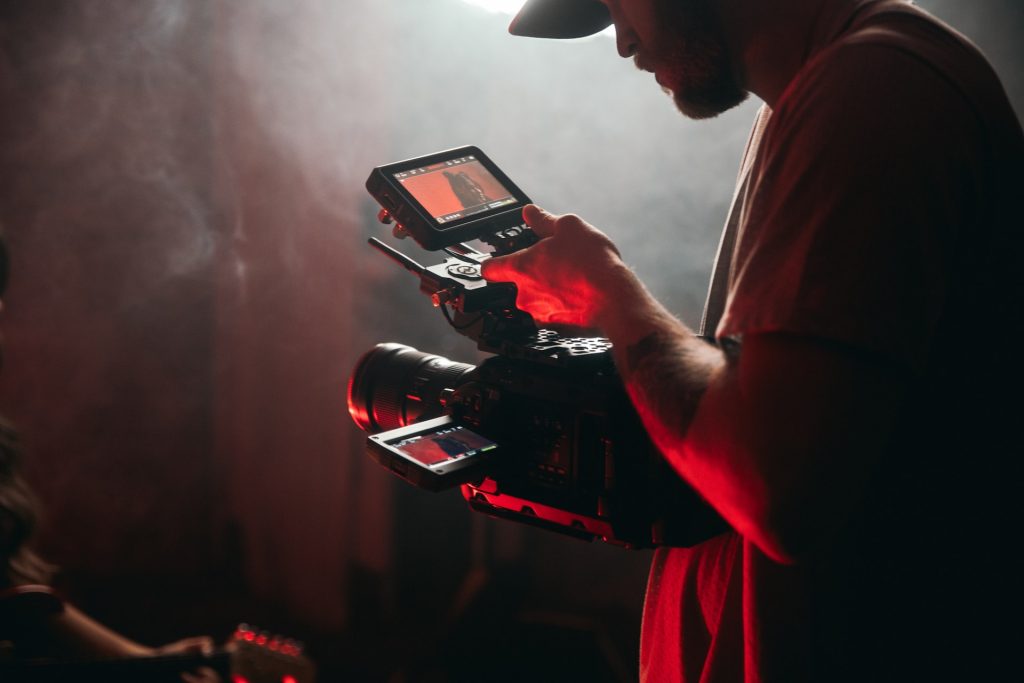
Cinematography is the use of camera and lighting techniques to create an image that tells a story. This includes camera positioning, movement, framing, composition, focus, and lighting. Each of these elements plays a role in creating an effective visual language that conveys the story’s emotions and themes.
Camera position

Camera position refers to the position of the camera in relation to the subject. You can position the camera at eye level, above or below your subject. The camera angle can also be adjusted to achieve a specific effect, e.g. a shot from below to make the subject strong, or a shot from above to make the subject vulnerable.
Camera movement
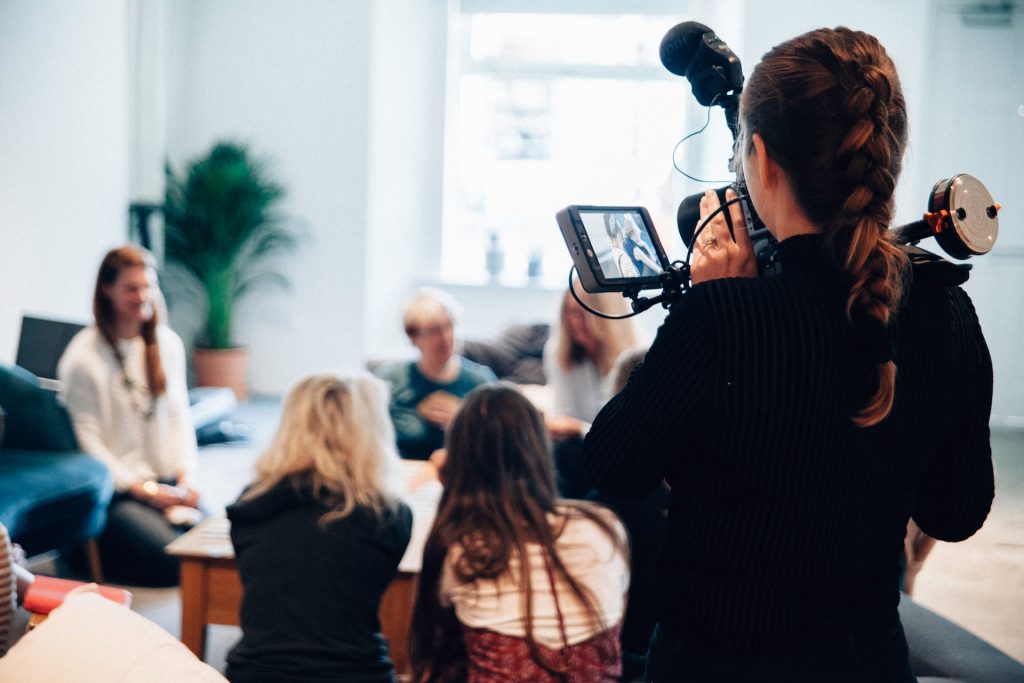
Camera movement refers to the movement of the camera during recording. This can include pan, tilt, zoom, and track. Each type of camera movement can create a different effect, e.g. pan to follow the action or zoom in to highlight a specific detail.
Framing and composition
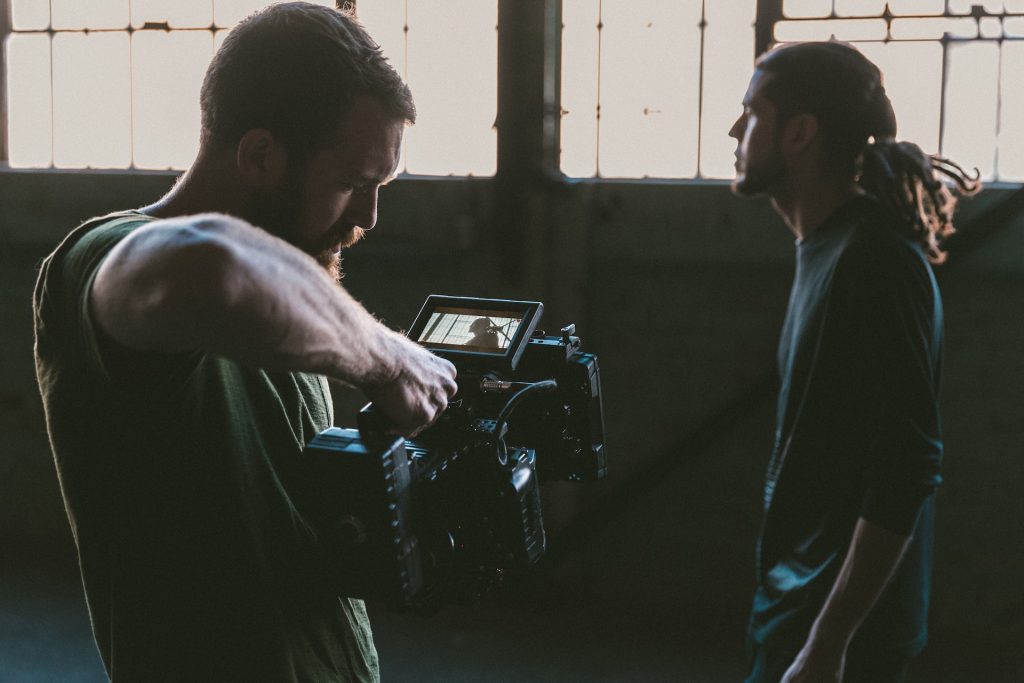
Framing and composition refer to the arrangement of elements within the frame. These include the placement of the object, the use of negative space, and the arrangement of objects against the background. A well-put together plan can create a sense of balance and harmony, while a poorly put together plan can seem chaotic and chaotic.
Focus
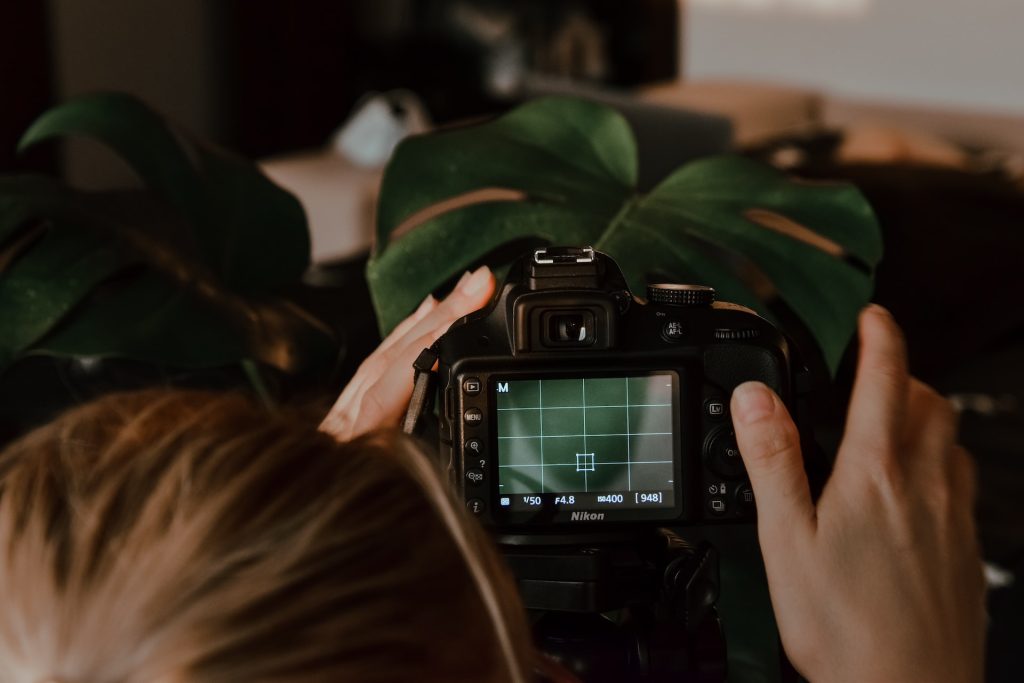
Focus refers to the sharpness of the image. This can be used to draw attention to a specific element of the shot or to create a sense of depth by blurring the background.
Lighting
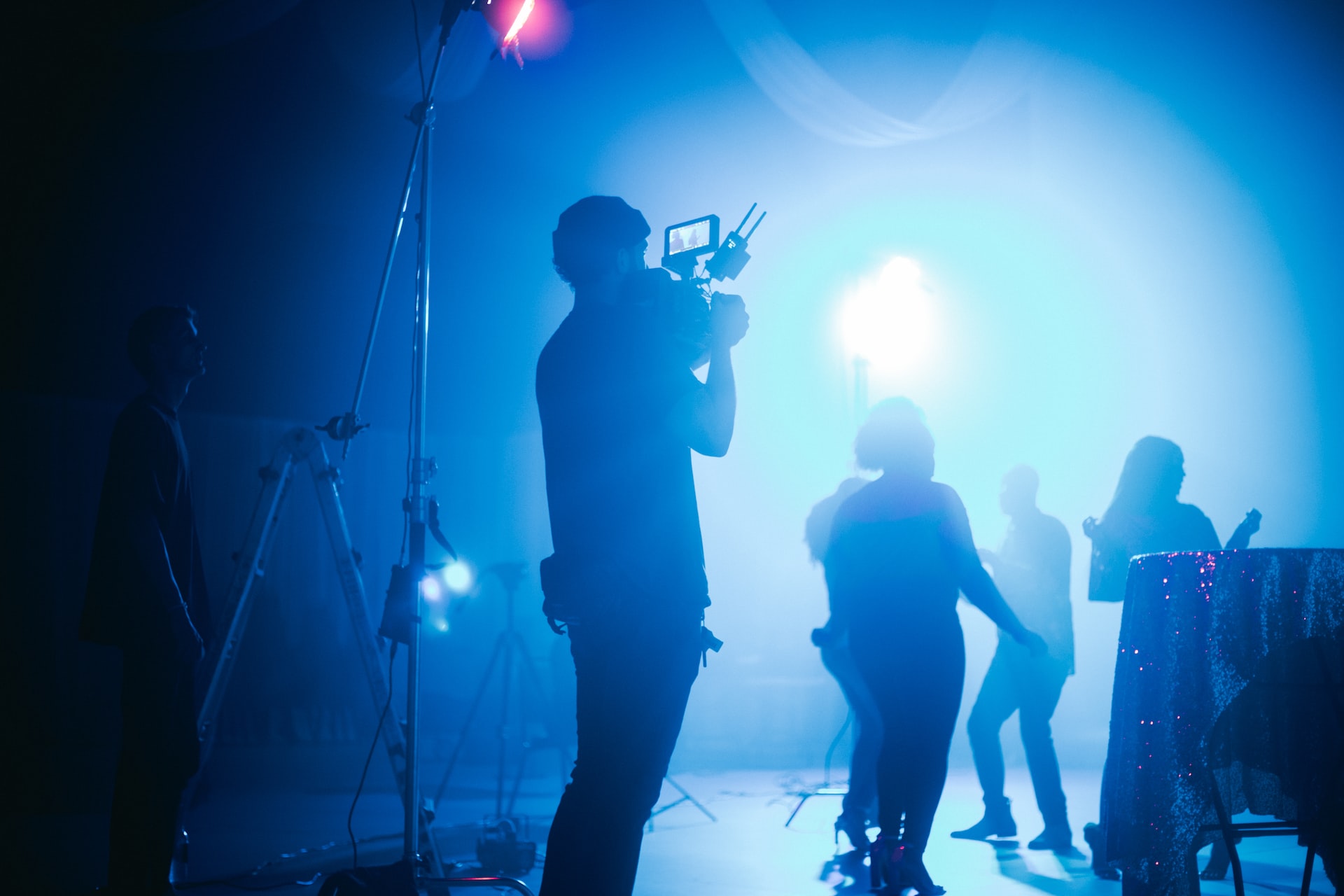
Lighting is one of the most critical elements of cinema. It can be used to set a mood, emphasize certain elements and add depth. Lighting can be natural or artificial and can be adjusted to create a specific effect, e.g. a strong, contrasting look or a soft, diffused look.
Tips for Capturing High-Quality Visuals
Now that we’ve covered the elements of cinematography, let’s look at some tips for capturing great visuals in video production.
Plan ahead
Before you start shooting, take some time to plan your shoot. Think about the story you want to tell and how you can use cinematography to enhance it. For each shot, consider camera placement, motion, framing, composition, focus, and lighting.
• Use the right equipment
The right equipment can make a big difference in the quality of your recordings. Invest in a quality camera, lens and lighting gear. Use a tripod or stabilizer for stable shots, and consider using a slider or crane for more dynamic shots.
• Pay attention to the lighting
As already mentioned, lighting is a fundamental part of cinematography. Take the time to properly install your lighting and consider using natural light whenever possible. Use lighting to set the mood and emphasize certain elements of your shot.
• Experiment with camera movement
Camera movement can add a dynamic element to your photos. Experiment with different types of camera movements like pan, tilt, zoom, and track. Use camera movement to follow action, add a sense of depth, or emphasize a specific element of the shot.
• Be mindful of sound
Sound is an often overlooked part of filmmaking, but it can have a huge impact on the quality of your footage. Be aware of the ambient noise around you and consider using a microphone to capture clear audio. Use sound to create mood and add emotion to a scene.
If you’re looking to improve the quality of your videos, be sure to check out our latest blog post “The Role of Sound in Video Production: Tips and Tricks for Captivating Audio” for valuable tips and tricks for recording clear, immersive audio.
• Take your time
Take your time to photograph. Take the time to set up each shot properly and be sure to capture multiple shots so you have plenty of options to choose from in post-production.
• Edit Consciously
Use your footage in post-production to tell a compelling story. Intentionally edit your images with cuts, transitions, and music to create a cohesive narrative. Be mindful of your pace and timing, and make sure every shot serves a purpose.
• Learn from the masters
One of the most effective ways to improve your filmmaking skills is to study the work of masters. Watch movies and TV shows with flawless footage, paying attention to camera placement, movement, framing, composition, focus, and lighting. Take notes and try to apply what you’ve learned to your work.
Conclusion
Cinematography is a complex art that requires a combination of technical prowess and creative vision. By understanding the elements of cinematography and applying these tips for capturing stunning images, you can create a video production that immerses viewers in the story and evokes emotion. With practice and dedication, you can become a master of cinematography and take your video production to the next level.